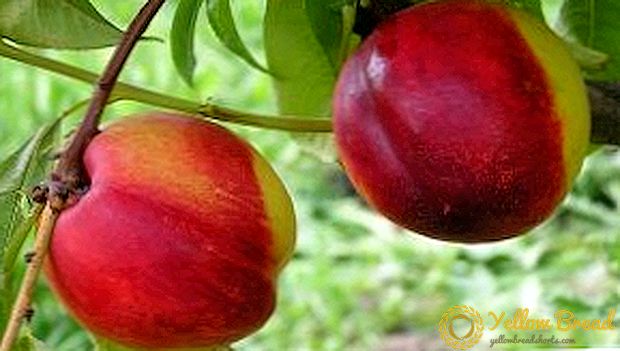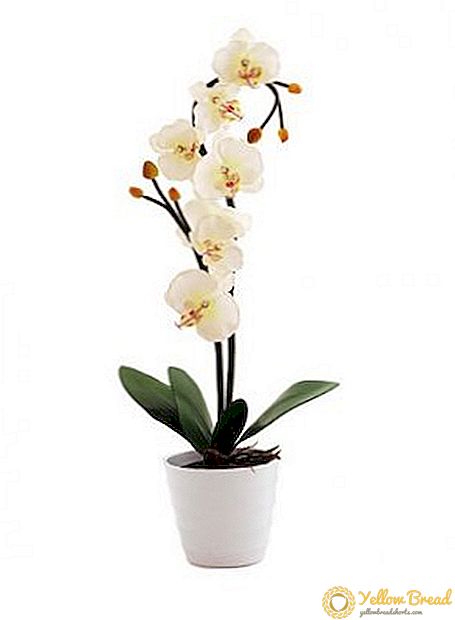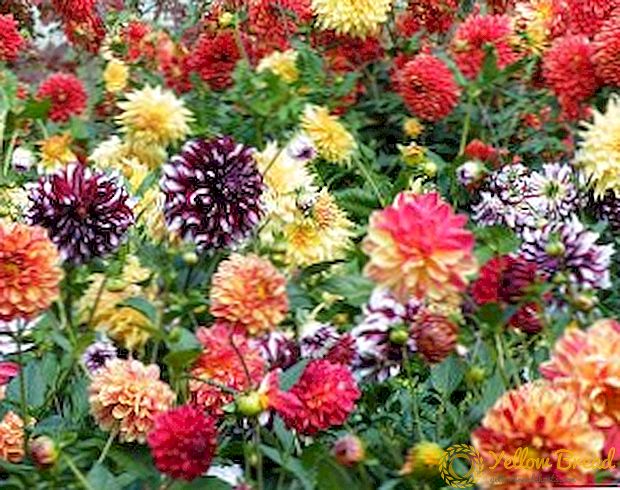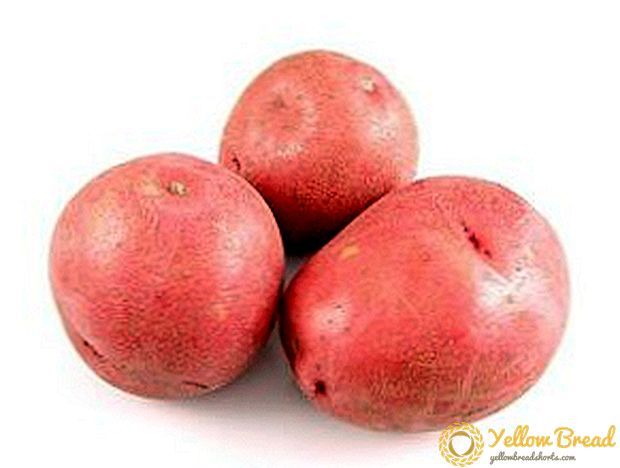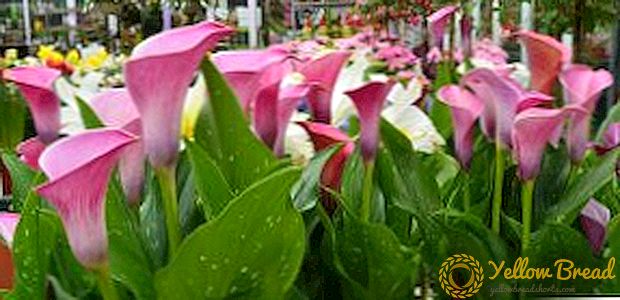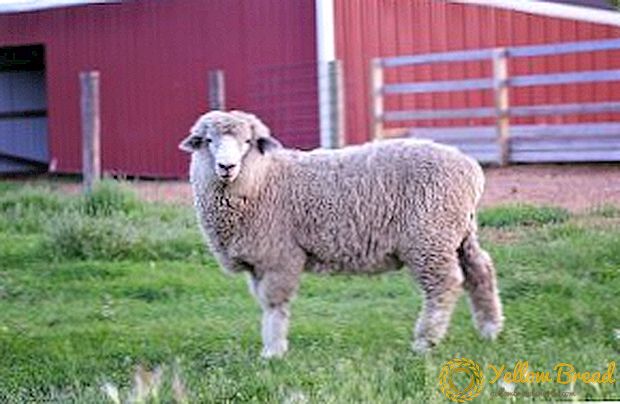 One of the most striking examples of large sheep, and with a very well-developed skeleton, is the Romney-march sheep breed.
One of the most striking examples of large sheep, and with a very well-developed skeleton, is the Romney-march sheep breed.
This breed belongs to the meat-wool direction of use.
- A bit of history
- Description and photo
- Breed characteristics
- Content and breeding
A bit of history
With the participation of Kent breeders, the breed was created by crossing leicesters (long-haired representatives) with sheep having certain qualities - endurance, a tendency to feed. Subsequently, this breed was bred in South America, New Zealand, Great Britain, Australia, in the territory of the post-Soviet republics, where there is a sufficient level of humidity. Romney-march breed has excellent fertility - more than 120%.

Description and photo
The head is white, large, with narrow, nostrils dark. The neck is thick, the ribs are in the shape of a semicircle, the hind limb is well executed. Males have a mass of up to 130 kg, the uterus is almost twice as light. The fibers have a height of 0.12-0.15 m, with crimpiness, dense fleece.The weight of sheep's hair is about 8 kg, while for females it is about 4 kg. After washing wool, the result is about 60-65%. Growth rate per adult is high, for example, if after 120 days the weight is 20 kg, then for a total of 270 days - 40 kg.
Representatives of the new generation are large, with a structured physique. Their body is elongated, the breast is barrel-shaped, fleshy is present; back, loin and sacrum straight and wide.
Breed characteristics
Romney-sheep sheep are strong representatives of animal husbandry, can stay in places with a humid climate, are not susceptible to worms, necrobacillosis, and are less susceptible to hoofed rot. Endurance saves them from physiological problems, thus they are well suited for pasture conditions. Romney-march - komolya breed that does not have horns. 
Content and breeding
Sheep breeds of Romney march can exist in a variety of weather conditions, as well as the climate due to wool - it helps them to endure both heat and cold. Sheep are usually kept in a separate room. There should be a minimum humidity and required lighting. Given their endurance, this breed can be easily grazed away from their habitat at night. Animals can run great distances, thanks to this they are healthier, as well as wool is richer.
To improve many types of sheep, this breed is used for crossing to get thick wool and meat forms. Until recently, the herd develops in three lines:
- high hair cut and average weight of the individual;
- the massive size of the body and the average cut hair;
- increased precocity.

The total area of the base is calculated from the norm - 2-4 square meters per unit. Feeding areas should be simple in design, easy to clean and disinfect. Sheep themselves can find food on pastures, but in winter they will need hay, as well as various nutritional supplements, and here you can include bran, and wheat, and minerals, vegetables.
In addition, you will need to monitor the water - it needs only about 500 ml per unit per day. With the number of heads about 200-300, no more than three shepherds are needed; they can also be given the process of feeding, grooming, and cleaning the area.

